
AMD
Latest News
Latest Videos

CME Content
More News


The FDA did not agree with a supplemental Biologics License Application for the addition of extended dosing intervals of up to 24 weeks across currently-approved indications.

Insights from a genome-wide association study identify novel genetic loci

Authors of the study believe this potential will provide clinicians with valuable information about patient responses to treatment.

The annual ARVO meeting will be held in Salt Lake City, Utah and feature presentation on clinical trials from around the globe.

A decision on a longer dosing duration for the high-dose formulation is expected by April 20, 2025.

This agreement allows a launch in the US in the second half of 2026 or earlier in certain circumstances.

The announcement follows the decision to discontinue the COAST and ShORe trials in wet age-related macular degeneration after the COAST trial failed to meet its primary end point.

Compensation techniques in swept-source optical coherence tomography angiography improve accuracy by correcting signal loss from drusen and other artifacts

A Prescription Drug User Fee Act (PDUFA) goal date of August 27, 2025, was set by the organization.

The study considered the economic disease burden on both the patient and the caregivers, the first such study of its kind.

The decision to discontinue the trials comes shortly after the announcement that COAST missed its primary endpoint.

The trial evaluated sozinibercept (2 mg) every 4 or 8 weeks in combination with aflibercept (2 mg), as per label, every 8 weeks after a loading phase for the treatment of wet AMD.

The combined companies will operate under the name Kalaris Therapeutics, Inc. and expects to report initial data from part 1 of its ongoing phase 1 clinical trial of TH103 in treatment-naïve nAMD patients in the second half of 2025.

4D-150 is a potential backbone therapy that is designed to provide multi-year sustained delivery of anti-VEGF (aflibercept and anti-VEGF-C) from the retina with a single, safe, intravitreal injection.

The data was included in the paper, titled “Sozinibercept Combination Therapy for Neovascular Age-Related Macular Degeneration: Phase 2b Study Subgroup Analysis by Lesion Type.”

ABI-201 aims to prevent dry AMD and other retinal disorders in patients.
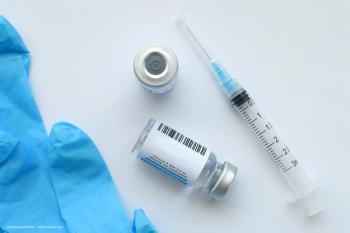
Ixo-vec utilizes a proprietary vector capsid, AAV.7m8, carrying an aflibercept coding sequence under the control of a proprietary expression cassette and is designed to be administered as a one-time intravitreal injection.
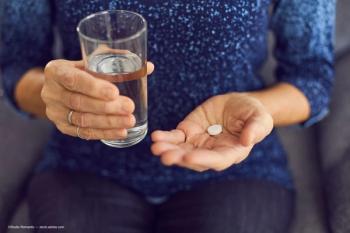
Zervimesine is an investigational oral, once-daily pill being developed for the treatment of CNS diseases, including Alzheimer disease and dementia with Lewy bodies.
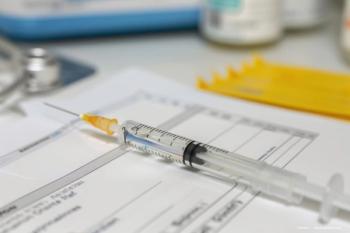
If approved, the drug will be branded as LYTENAVA.
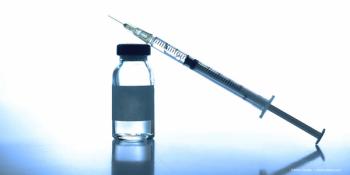
The biosimilar to aflibercept (Eylea) had already received approval in the EU and US.

According to Apellis and Sobi, pegcetacoplan (Aspaveli) first received marketing authorisation for treatment of paroxysmal nocturnal hemoglobinuria.
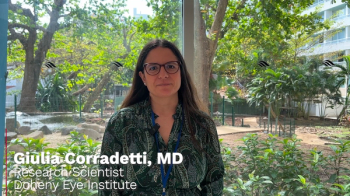
At the Envision Summit 2025 in San Juan, Puerto Rico, Giulia Corradetti, MD discussed AI applications in the identification and prediction of OCT structural biomarkers in intermediate AMD.
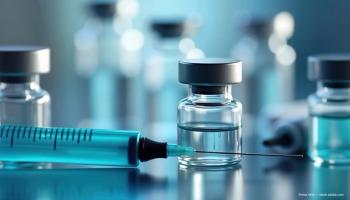
AVT06 is Alvotech’s proposed biosimilar to Eylea (aflibercept) 2mg.
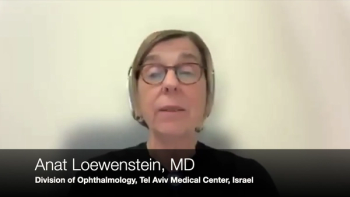
Examining the performance of AI algorithms versus human graders in neovascular age-related macular degeneration



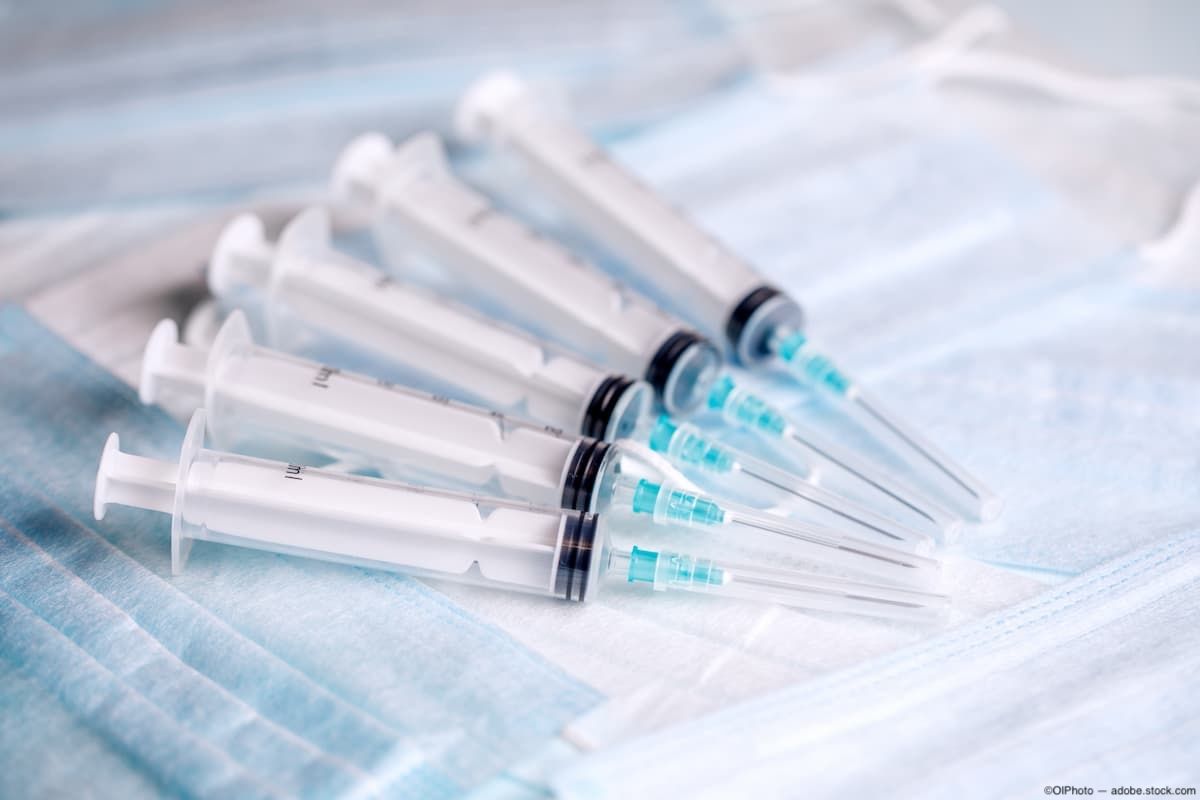

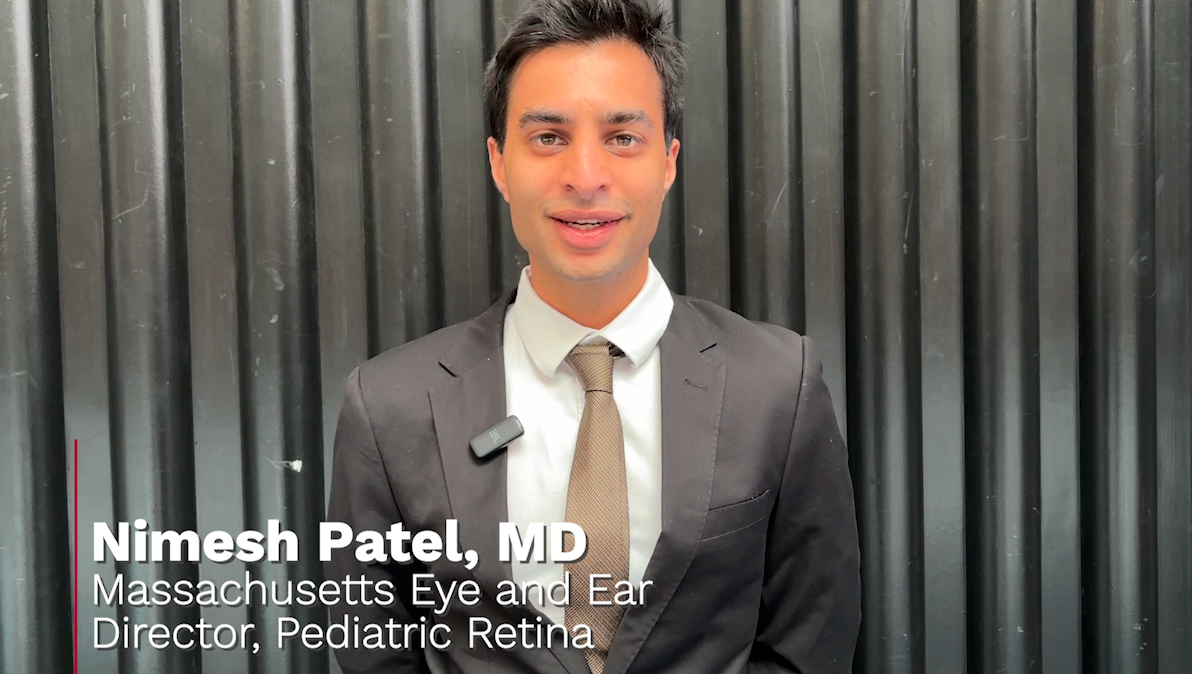









































.png)


